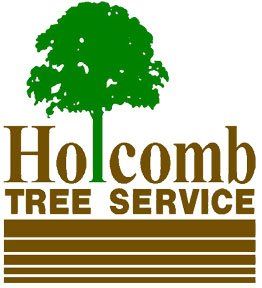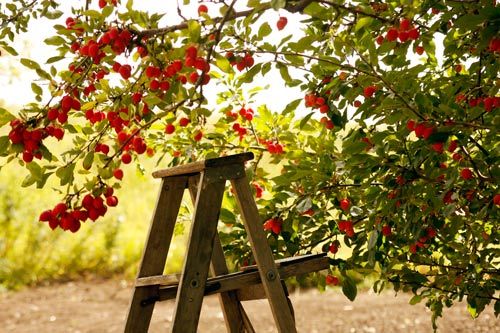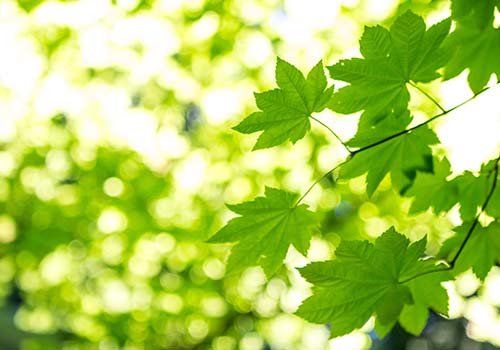
After living in your home for a while, you may turn your attention toward resale value. Even if selling your house is still years away, it is never too early to look into ways you can get the most out of your investment. There are a number of ways resale value can be added, and one easy method is to plant a new, healthy tree.
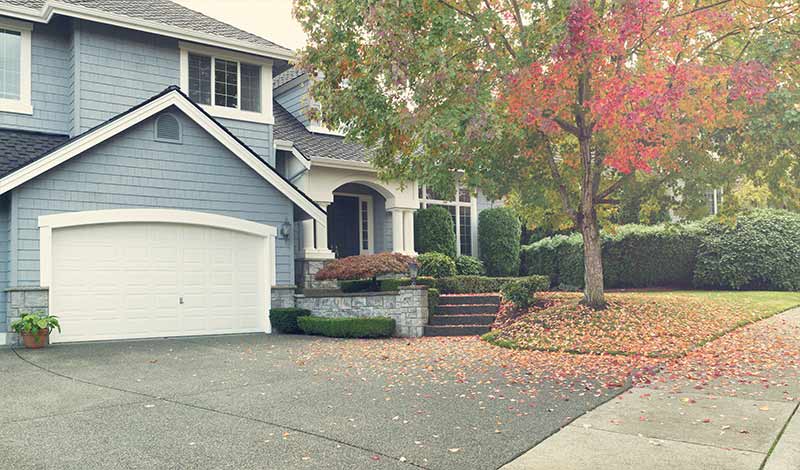
Healthy, appealing trees offer enormous benefits some of which may surprise you. Not only will trees in your landscape design improve curb appeal and increase your home's property value, but they can also aid in energy efficiency. While surprising to learn, trees that shade your home, windows and outdoor AC units can reduce cooling costs in the summer by 35%.
Planting young trees around your home will add curb appeal, but the lack of height and foliage will not help your heating and cooling costs. Therefore, you should plant attractive trees that will grow quickly, producing shade for energy conservation within a few years. This guide, and your contractor's help to maintain will help you know which attractive, fast-growing and shade-producing trees you should consider for your yard.
Crabapple Tree
One tree that adds color, texture and a great deal of shade, while also being easy to grow and maintain, is the Crabapple tree. The tree produces blooms of lush pink flowers in the spring and thick green foliage through the summer and fall. This foliage shades your home with ease.
Since the tree's branches grow up, instead of out, this tree is the perfect option for your home's exterior and outdoor AC units. Be sure to prune away dead flowers and limbs in the early part of winter to ensure new growth in the spring and summer.
River Birch Tree
The river birch is another fast-growing, shade-producing tree that will make a big impact on your landscape design and heating and cooling costs. This tree is also easy to grow, and survives in most soil conditions and requires very little water once established.
Also, the River Birch thrives in areas of your yard that receives full sun. Planting this tree close to a sunny outdoor living area will keep you and your guests under comfortable shade. In addition, planting these trees next to your home's exterior windows will help reduce cooling costs.
It is important to note that the River Birch is a massive tree. On average, it can grow up to 50 or 90 feet tall. Because of its height, avoid planting the tree near power lines.
To ensure the tree remains attractive and healthy, trim off dead foliage and fertilize in the fall.
Crepe Myrtle Tree
A Crepe Myrtle is definitely one of the easiest trees to grow since it does not require any special soil conditions and is heat and drought-tolerant. Its unique shape has been compared to a mushroom cloud. This tree has either a single trunk or a multitude of trunks that intertwine together.
You will love the floral blooms that occur at the end of spring and early summer. In most climates, the blooms will continue through the early part of fall as well. Available in a large variety of colors including white, pink, red and purple, the Crepe Myrtle tree adds appeal, shade and value to your home.
While easy to grow, the Crepe Myrtle does require a decent amount of maintenance to keep it healthy and attractive. To protect its shape, pruning off dying foliage and branches at the end of winter is important.
Flowering Dogwood
There are many varieties of the Flowering Dogwood tree to consider. From the Barton species, which produces white blooms in the spring and grows to a height of 25 feet, or a Japanese Dogwood, which offers vibrant pink and red blooms in the spring and summer, the possibilities are endless.
No matter which species you choose, a Flowering Dogwood is a great option for areas of your yard that receive full sun or partial shade.
In the fall season, trim away dead overgrowth and dying blooms before fertilizing. This will help the tree survive the harsh winter temperatures.
To learn more about planting and maintaining your fast-growing, shade-producing trees, contact the professionals at Holcomb Tree Service today.
No matter which species you choose, a Flowering Dogwood is a great option for areas of your yard that receive full sun or partial shade.
In the fall season, trim away dead overgrowth and dying blooms before fertilizing. This will help the tree survive the harsh winter temperatures.
To learn more about planting and maintaining your fast-growing, shade-producing trees, contact the professionals at Holcomb Tree Service today.
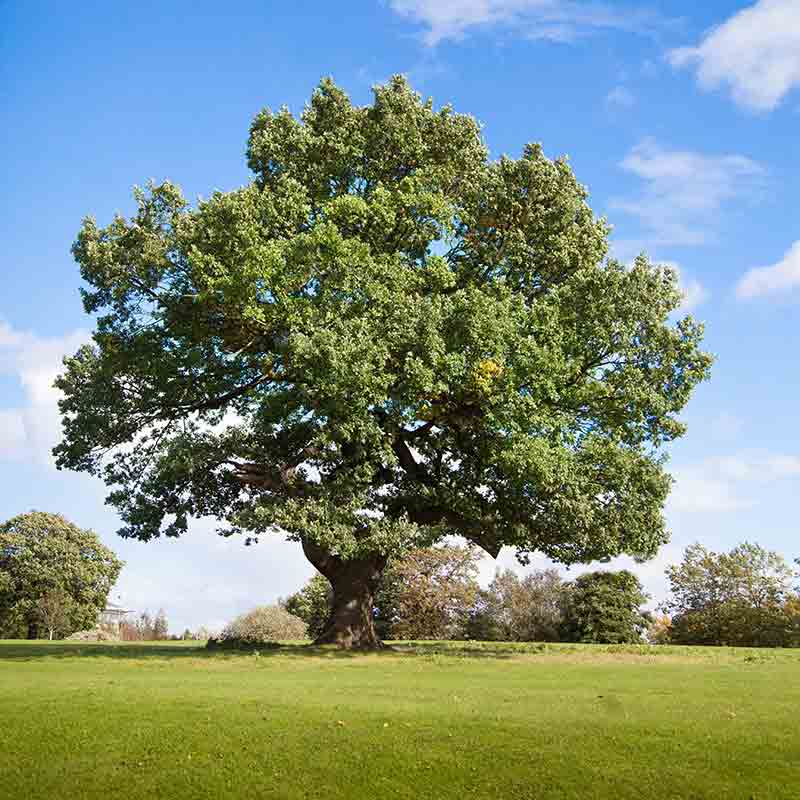
If you are looking to invest in the long-term value of your property, one of the best options is planting trees. According to several estimates, healthy, mature trees can add 10 to 20 percent to a home's worth. Besides aesthetic appeal, trees can also cool houses and produce fruits and nuts.
But, not all trees are equally valuable. By selecting species that will thrive and contribute to a home's environment, you may make your property much more appealing to buyers. These five steps will help you decide which new trees to plant near your home in Dallas, TX, and the surrounding areas.
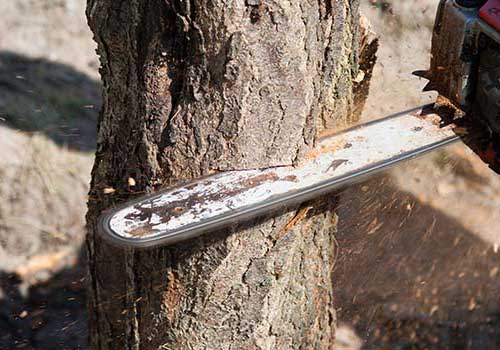
Healthy, appealing trees offer enormous benefits some of which may surprise you. Not only will trees in your landscape design improve curb appeal and increase your home's property value, but they can also aid in energy efficiency. While surprising to learn, trees that shade your home, windows and outdoor AC units can reduce cooling costs in the summer by 35%.
Planting young trees around your home will add curb appeal, but the lack of height and foliage will not help your heating and cooling costs. Therefore, you should plant attractive trees that will grow quickly, producing shade for energy conservation within a few years. This guide, and your contractor's help to maintain, will help you know which attractive, fast-growing and shade-producing trees you should consider for your yard.
Planting young trees around your home will add curb appeal, but the lack of height and foliage will not help your heating and cooling costs. Therefore, you should plant attractive trees that will grow quickly, producing shade for energy conservation within a few years. This guide, and your contractor's help to maintain, will help you know which attractive, fast-growing and shade-producing trees you should consider for your yard.
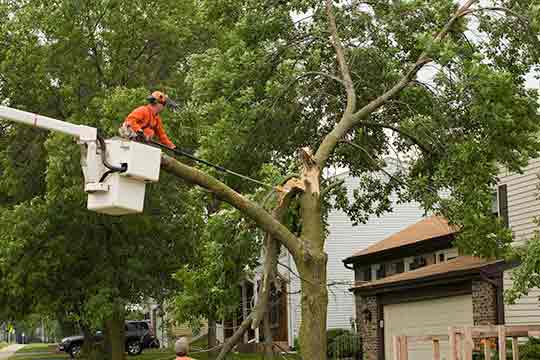
Storms can do a considerable amount of damage to your trees and to your landscaping in general. From cracked tree branches to flooded root systems, the damage caused by a storm can have a long-lasting effect on your trees' health. After a big storm blows through, it is a good idea to assess your trees for damage, and also to mitigate a few other common problems the storm may have caused. Complete these four tasks, and you should be on the right track.
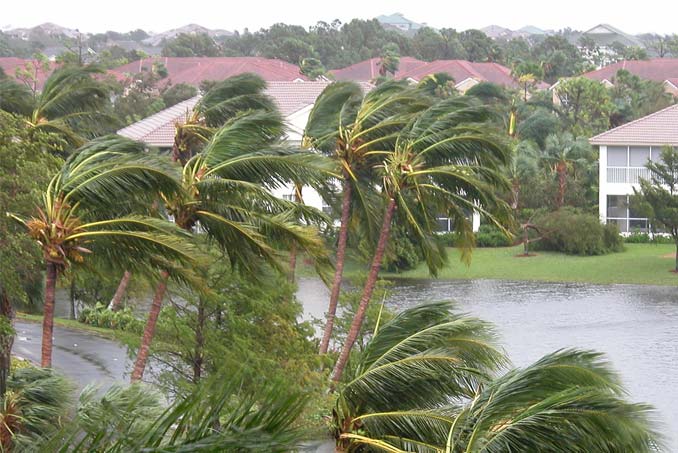
Storms can do a considerable amount of damage to your trees and to your landscaping in general. From cracked tree branches to flooded root systems, the damage caused by a storm can have a long-lasting effect on your trees' health. After a big storm blows through, it is a good idea to assess your trees for damage, and also to mitigate a few other common problems the storm may have caused. Complete these four tasks, and you should be on the right track.

From energy efficiency and added curb appeal to an increase in your home's overall value, it is easy to see the benefits of healthy trees in your landscape design. Unfortunately, many homeowners do not fully understand how to care for their trees. While watering and even fertilizing may be priorities, protecting your trees from different diseases and pests is also important.
Oak wilt is one of the most common diseases that affect oak trees today. It is also one of the most devastating diseases because it affects the health and appearance oak trees - while also shortening their life spans. While shocking to learn, oak wilt can kill a tree within a few months after symptoms begin to set in.
Understanding and treating this disease is imperative. With this guide and the help of a certified arborist
, you will learn the causes, signs and treatment options for trees with oak wilt disease.
Development of Oak Wilt Disease
Development of Oak Wilt Disease
Oak wilt disease is caused by a fungus, Ceratocystis fagacearum. This infectious fungus spreads fast - destroying the leaf veins that carry the tree's water supply. The fungus also spreads through the tree bark and creates thick mats of the fungus that beetles and other insects feed on. Once an insect feeds off the fungal mat, they will carry and transmit the oak wilt disease to other trees.
Once the fungus spreads to the tree's roots, oak wilt disease can be transmitted to other trees near or connected to the same root system.
Once the fungus spreads to the tree's roots, oak wilt disease can be transmitted to other trees near or connected to the same root system.
Symptoms of Oak Wilt Disease
The symptoms of oak wilt disease vary according to what type of oak is infected with the fungus. Red oaks will show visible signs in the actual tree canopy. You may notice an oily, green discoloration on the foliage of the tree's canopy. This discoloration may change to a tan or reddish color as the fungus spreads. If the foliage is discolored and falling off the tree rapidly, the tree is most likely infected by oak wilt disease.
In live oak trees, signs of oak wilt will be prominent in the veins of the leaves. The middle part of the leaves and side veins will start to turn yellow and brown - this is known as veinal necrosis.
Treatment of Oak Wilt Disease
Because oak wilt can spread through the root system, you should remove infected trees from your property. Hiring a professional is best for
the removal of these trees because proper handling is essential to prevent the fungus from spreading to other areas of your landscape.
To save multiple trees that are infected with the oak wilt fungus, you may need to create a deep trench around diseased trees. This trench can stop the spread of the disease to other trees by protecting the underlying root system.
If you only have one tree in your yard that is infected, treatment is possible. Fungicide injections to the tree's trunk and soil around the tree will kill oak wilt fungus. However, you must also prune off infected branches and foliage.
Pruning infected limbs should not be conducted between the months of February and June. Spring is the ideal season for accommodating new growth in healthy trees, but infected trees will not see any benefits of pruning in the spring. Diseased branches should be removed in the winter, summer or fall.
Trusting the professionals to prune your trees is essential. Arborists have the necessary tools and experience to work around fungus and disease.
Oak wilt disease can wreak havoc on the look and health of your trees, but help is available. To learn more about preventing oak wilt and other diseases with proper tree care, contact the certified arborists at Holcomb Tree Service today.
